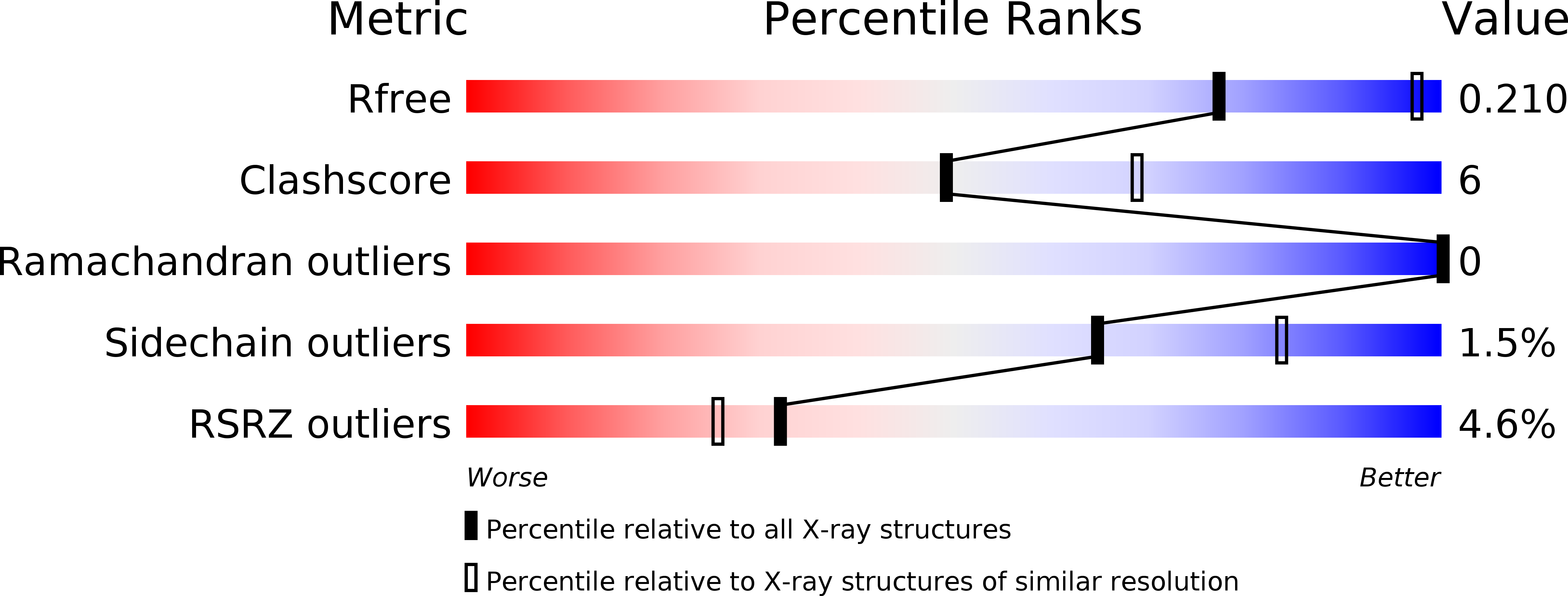
Deposition Date
2018-06-29
Release Date
2018-11-14
Last Version Date
2023-11-22
Entry Detail
PDB ID:
6A6W
Keywords:
Title:
Crystal structure of fission yeast inner membrane protein Bqt4 in complex with Sad1
Biological Source:
Source Organism:
Host Organism:
Method Details:
Experimental Method:
Resolution:
2.60 Å
R-Value Free:
0.21
R-Value Work:
0.18
R-Value Observed:
0.18
Space Group:
P 63 2 2


